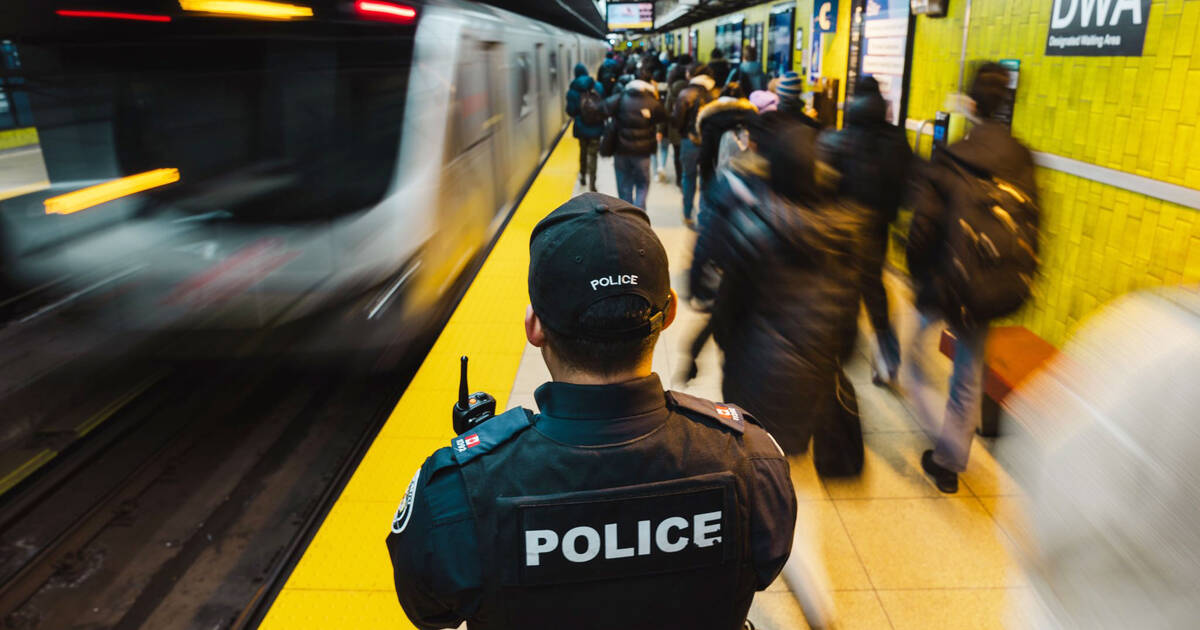Meanwhile, some good news for public transit. Next step, a city parking tax...
From
link.
Dufferin Mall
900 Dufferin Street, Toronto, ON M6H 4A9
Free parking is currently available at the street level from both Dufferin and Croatia Streets, and underground on two levels of our parking garage.
PAID PARKING
In the coming months (late 2022/early 2023), paid parking will come into effect at Dufferin Mall. This will be done in partnership with Imperial Parking Corporation Canada, a division of the Reef Network (
https://www.impark.com/).
Shoppers will be permitted to park at Dufferin Mall for up to three (3) hours free of charge.
Any shopper parking longer than three (3) hours will be required to pay $2 for each additional hour, with a daily maximum of $8.
PARKING STATIONS
For your convenience, parking stations are located on the P1 and P2 levels of the Dufferin Mall parking garage:
- Two (2) in the P1 level located near the elevator and the near the ramp down from the surface level.
- Two (2) on the P2 level located near the elevator and the stairs leading up to food court.
FAQS
- When is paid parking coming into effect at Dufferin Mall?
Paid parking will come into effect in the coming months.
- What will the parking rates be?
Monday to Sunday
Mall patrons only – 3 hours Free
Each additional hour or less - $2
Daily Maximum - $8 (until 11:59pm)
- Is there a penalty for parking longer than 3 hours?
Yes. Vehicles that park without payment of the posted rate or failure to properly display a valid parking pass may receive a violation from Imperial Parking Corporation Canada.
- Are License Plate Recognition (LPR) cameras being used?
Yes. The LPR cameras will be setup at every Dufferin Mall parking entrance and will read a vehicle’s license plate. This information will go the Impark’s onsite representative to track when a vehicle arrived and how long it has been parked at Dufferin Mall. The use of LPR cameras means shoppers parking under 3 hours will not need to enter their license plates at pay stations or Offstreet app prior to shopping at Dufferin Mall.
- What is the procedure to pay for parking?
If you plan to park longer than 3 hours, after parking, please register your license plate number at the pay stations and pay for your additional time. If you did not plan on shopping longer than 3 hours but do happen to, please return to the pay stations on the P1 and P2 levels of the parking garage and pay for additional time. Parking can also be purchased in advance via the the Offstreet web-app.
- Are there pay stations on the surface level of the parking lot?
No. Pay Stations are only located on the P1 and P2 levels of the parking lot.
- I only need to shop for a for a few minutes, do I need to register my license plate at the pay stations?
No. You only need to register your license plate if you are planning to park your vehicle longer than three hours.
- What if I park on the surface level and want to park longer than 3 hours?
If you have already parked on the surface level and plan to park your vehicle longer than three hours, we ask that you relocate your vehicle to either the P1 or P2 level of the parking lot and pay for your additional time at the pay stations or via the Offstreet web-app.
- Will monthly rates be available?
Yes. For those who frequent Dufferin Mall on a daily basis, monthly parking rates are available.
- What was the reasoning to move to paid parking?
Due to the many developments and construction projects in the surrounding area, less and less of the parking spaces meant for Dufferin Mall patrons. By instituting paid parking, our hope is to discourage those who aren’t shopping at Dufferin Mall from freely parking at Dufferin Mall for extended periods and leaving more parking spaces to loyal Dufferin Mall shoppers.
- Is Dufferin Mall managing paid parking?
Paid parking will be managed by Imperial Parking Corporation Canada (Impark), a division of the Reef Network. For more details, please visit
https://www.impark.com/toronto/.





